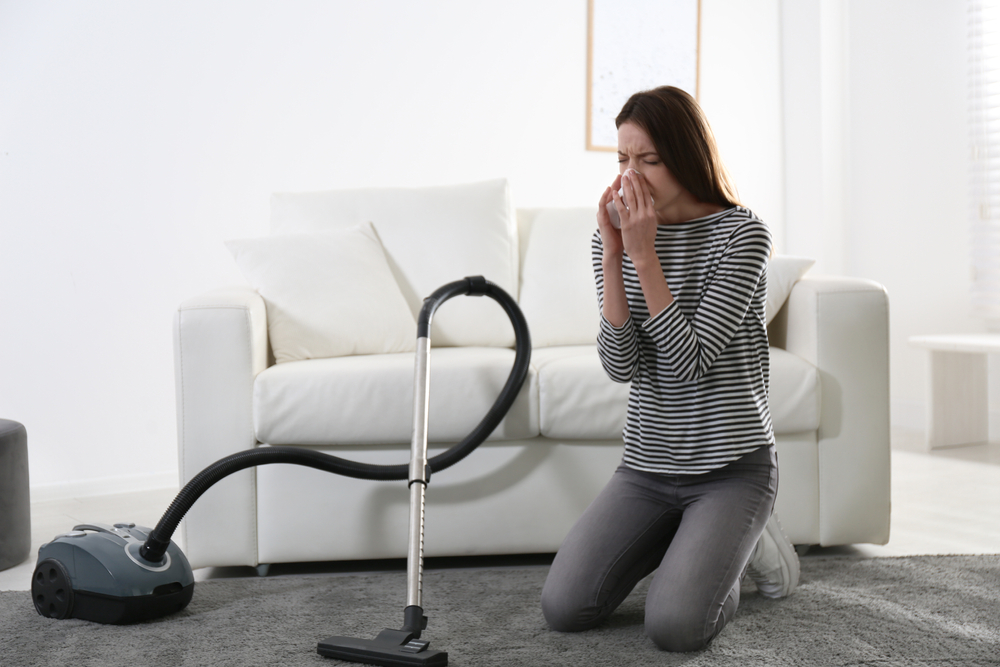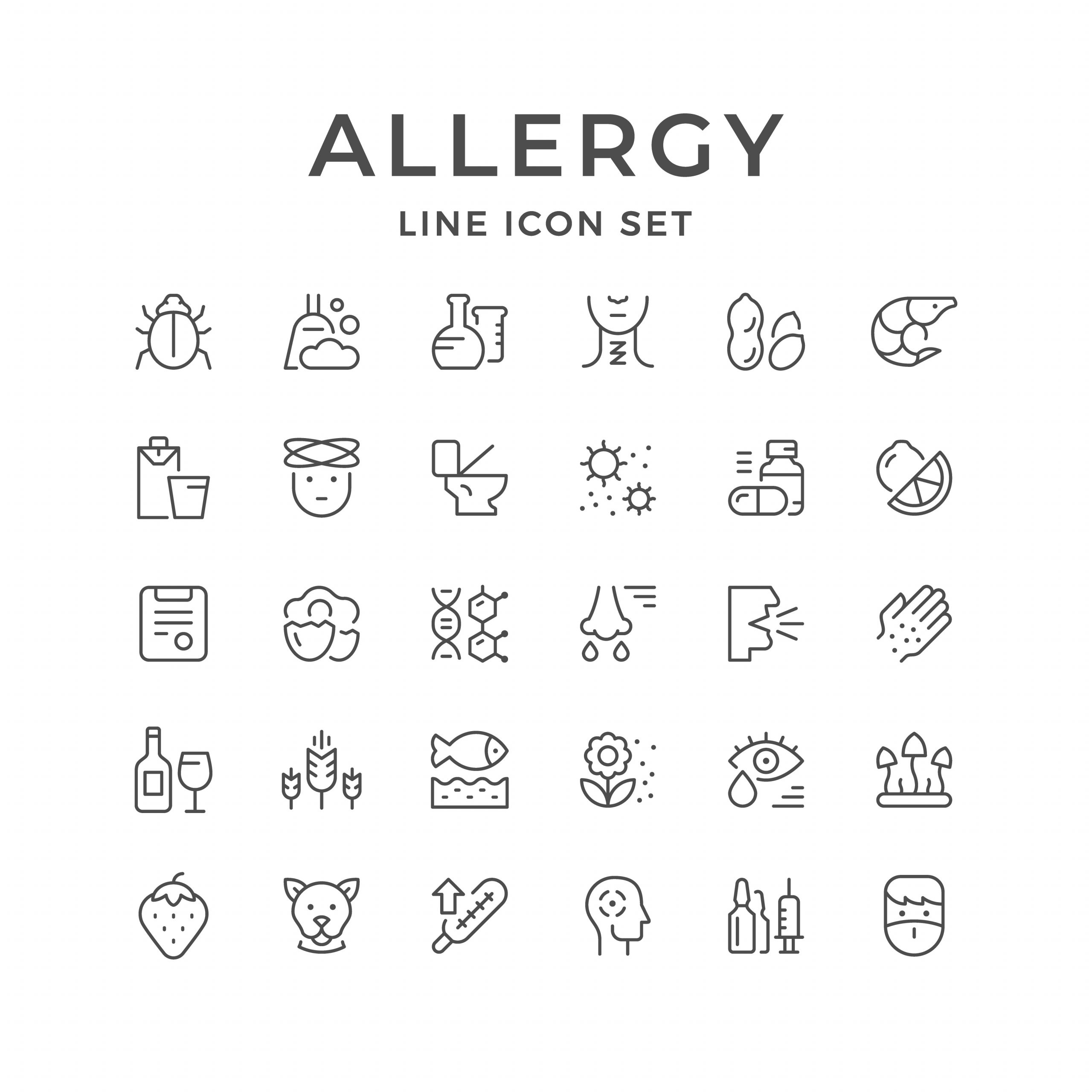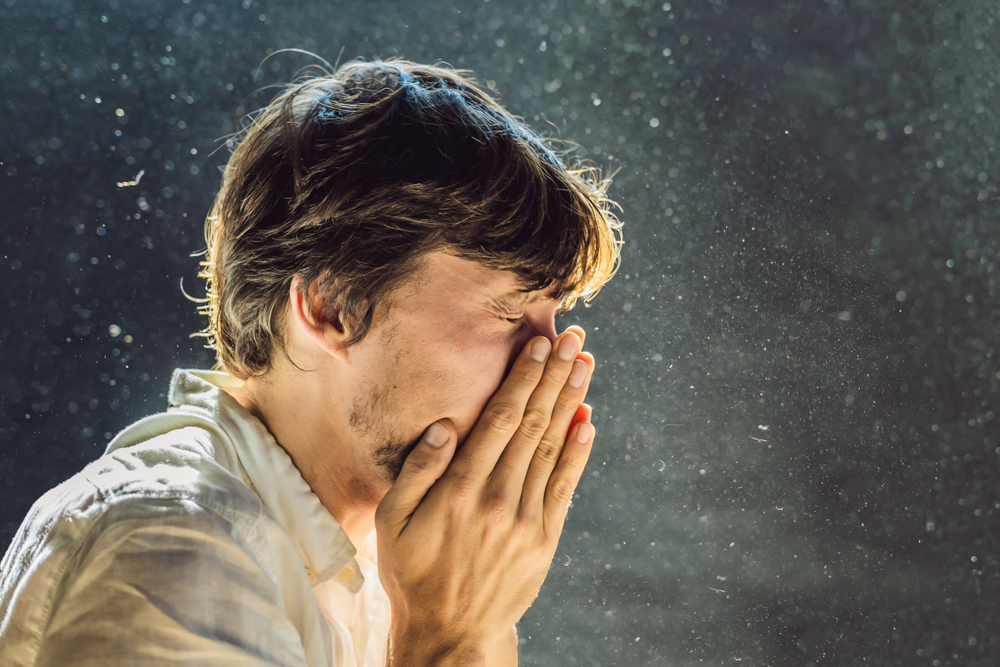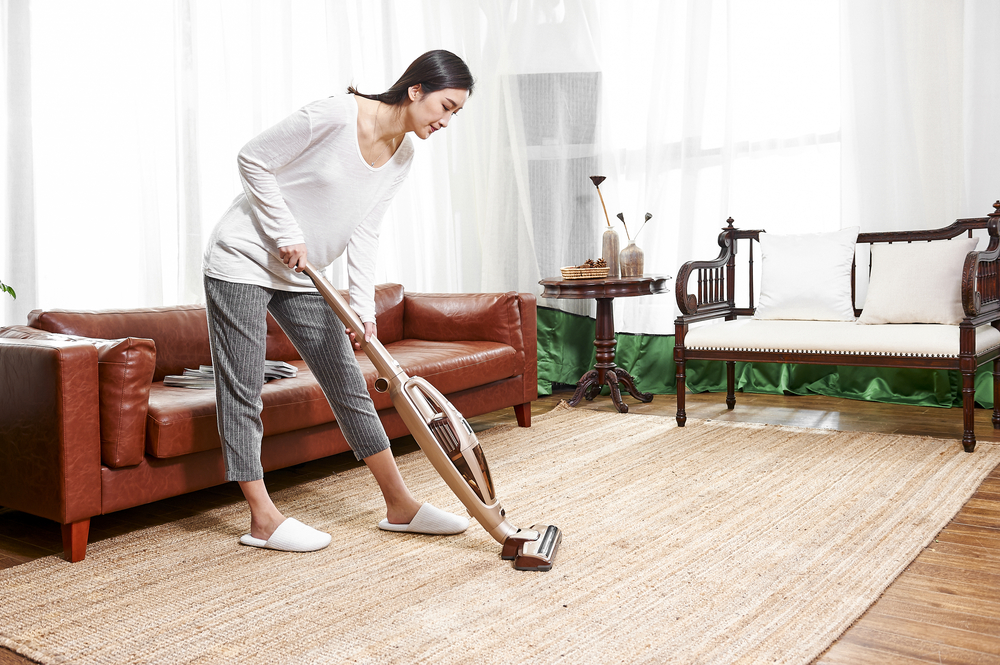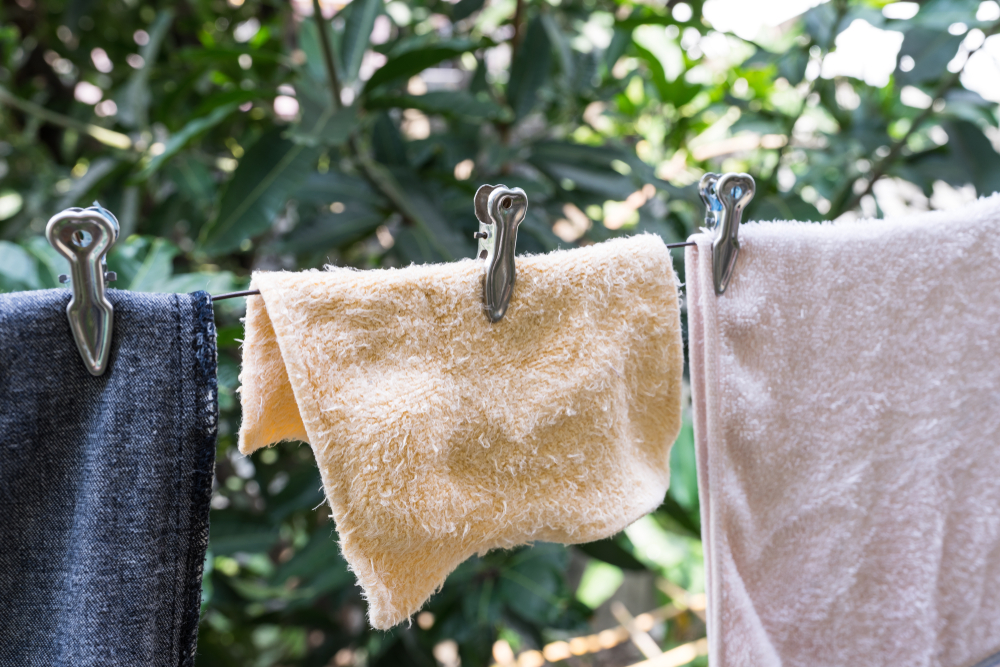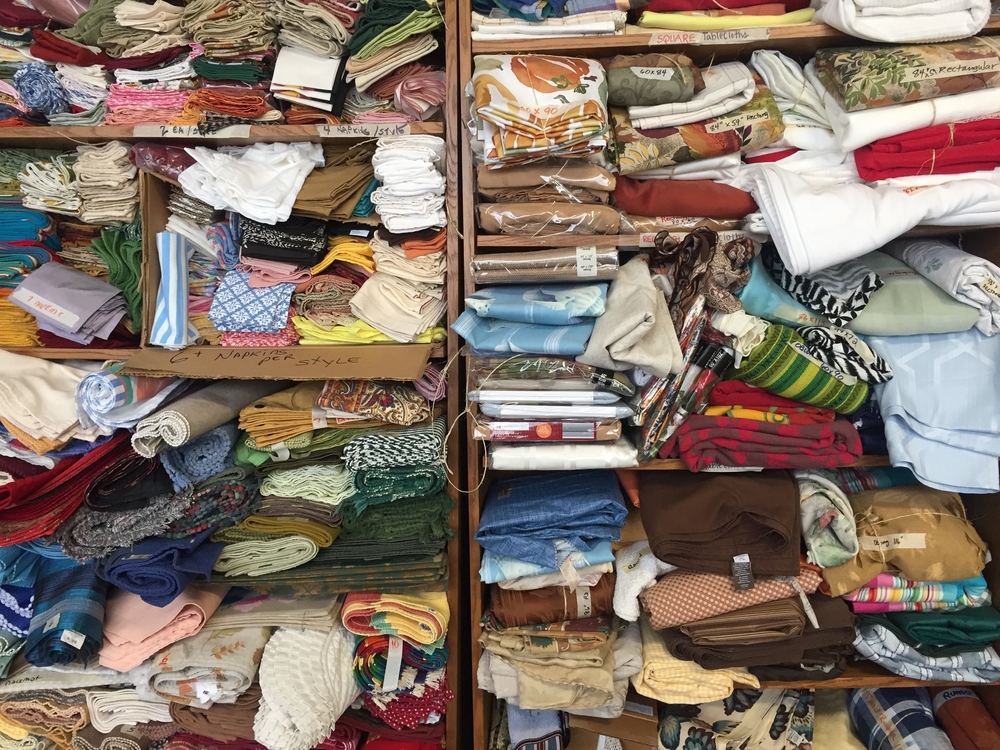Owning a home is a dream that many people share around the world. Buying a new home is like arriving at your destination only to start thinking about where to go next from there. You start investing time in home décor, cleaning, doing the interiors, etc. In the middle of all this, you tend to forget about the risk and exposure you are putting yourself at in terms of unknown environmental elements.
The process of cleaning your home, especially while setting it up or revamping your home décor, can be a breeding ground for allergies. More than 70% allergens in the environment reside within the safety of their own homes. You can develop the maximum number of allergies from the food you ingest and the air that you breathe. The latter is particularly scary because it is something that is mostly beyond your control.
For example, while cleaning your home, you would not know for sure what kind of allergens you are being exposed to until you actually develop one or more allergies. It is thus important to take precautions while cleaning to protect yourself against unnecessary trouble.
What are the Different Types of Indoor Allergens?
Allergens are nothing but foreign substances that enter your body and cause various types of reactions, commonly known as allergies. These substances can be found everywhere in the environment. Some of the most common allergens include:
- Pollens found in flora.
- Foods.
- Mould found in furniture, damp walls, etc.
Below is a list of possible sources of indoor allergens:
- Dust in the house.
- Mould spores.
- Apparel and other fabrics.
- Dust mites.
- House plants, flowers, etc.
- Pet food.
- Pets.
- Pollens.
Symptoms of Common Dust Allergies
Allergies can cause all sorts of reactions that can even vary across individuals. Depending on the allergen, you can experience reactions in your gut, skin, respiratory tracts, nasal passage, sinuses, eyes, etc. Be sure to check for common symptoms of allergies before deciding on the course of treatment.
Some common symptoms of allergies include:
- Congestion of the nose and lungs.
- Itchy eyes.
- Itchy nose.
- Itchy throat.
- Runny nose.
- Watery eyes.
- Dry cough.
- Redness of the skin.
Note that people below the age of 18 (minors) possess a higher risk of developing these common allergies than older people. Also, individuals with a history of allergies, or medical conditions such as asthma are predisposed to developing one or more of these allergies and related symptoms.
Effective Ways to Avoid Allergies While Cleaning
Who does not love beautiful home décor and a mirror-finish home environment? But the process of cleaning your beautiful home can be tedious, tiring, and lengthy. Not to mention the risk of allergies that you would expose yourself to while taking care of your home. So, are there any useful and easy ways to avoid all the trouble and yet get a neat and tidy home?
The answer is a resounding yes! There are some extremely basic changes that you can adopt in your regular home cleaning regime that can make a huge difference in your health and reduce the chances of developing annoying allergies.
Tip 1: Vacuum and Clean Frequently
It is a good idea to not engage in cleaning the entire home all at once and do not make it an annual affair. Do not let the allergens settle down and make a home for themselves in your abode. If you do not have the time to engage in cleaning processes weekly, get someone who can. Hire help or delegate to other family members. But ensure that you use a good vacuum cleaner to suck out the allergens and not let them fly all over the house while dusting.
Tip 2: Wear A Mask
This is the simplest way to avoid developing allergies while cleaning. It is even more advisable if you are already allergic to dust and mould. Wear a mask to cover your nose and mouth. This will prevent the entry of allergens into your body. If possible, step out of the room or house for a couple of hours once you are done cleaning. This way, you can avoid inhaling the allergens when you take off the mask.
Tip 3: Get Rid of the Mold
If your house is infested with mould, there is no way to avoid allergies. Take precaution before it starts settling in. Start with the dampest places in the house- the bathrooms, the kitchen, etc. Scrub the tiles regularly to prevent the development of mould. Buy mould-proof furniture, as much as possible.
Tip 4: Use A Damp Cloth for Cleaning
Contrary to popular belief, you do not clean better with a good beating to the surfaces. Using a damp cloth is way more effective to trap allergens. Buy cleaning towels or use old cloth that you can throw away after one use.
Tip 5: Avoid Clutter and Stop Hoarding
Do not turn your home into a warehouse. Throw away old boxes- they are the perfect breeding ground for mites and mould. Instead, deck up the interiors with beautiful, home décor.
When it comes to trustworthy home furnishings, you can safely bet on HomeLane. It offers affordable home interior products and services that are tailor-made for you. What is more, the HomeLane experts can help you with safety protocols while setting up your home and guide you on your choice of the best home décor and cleaning measures that help you lead a beautiful and healthy life!

